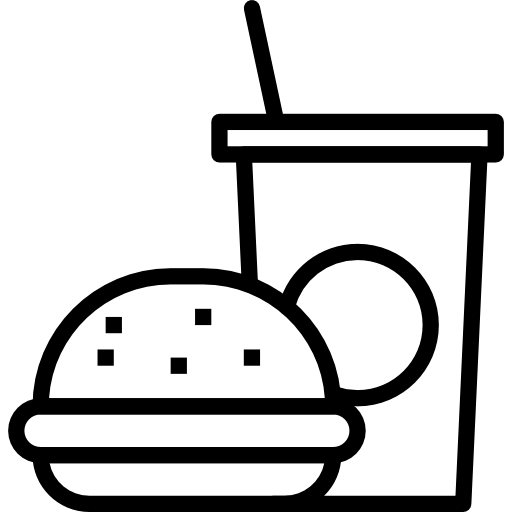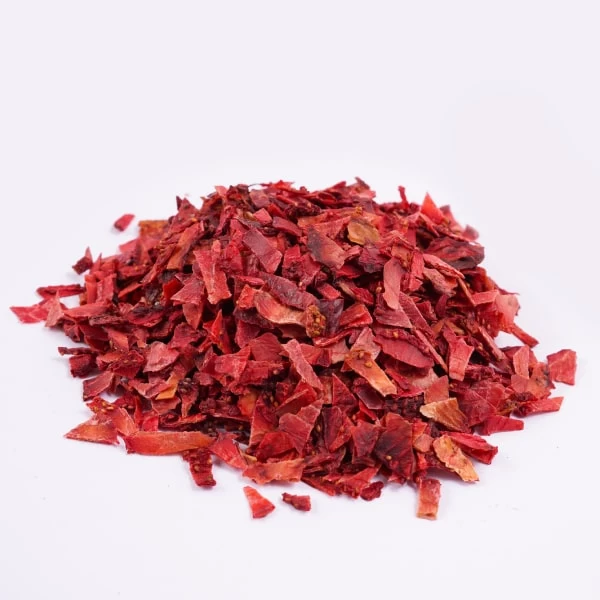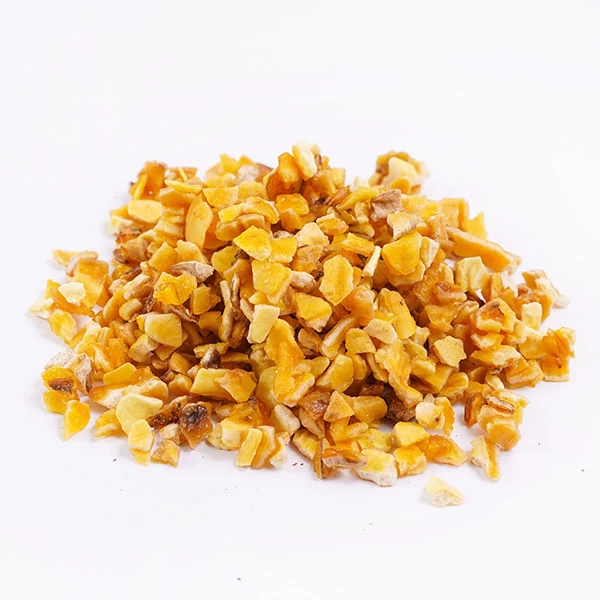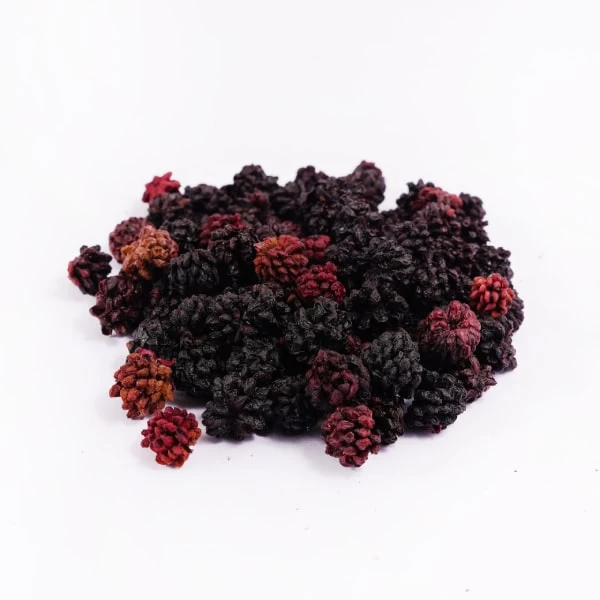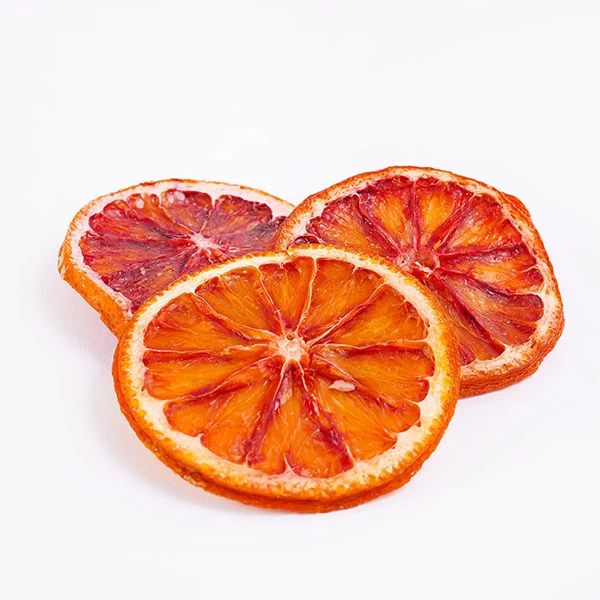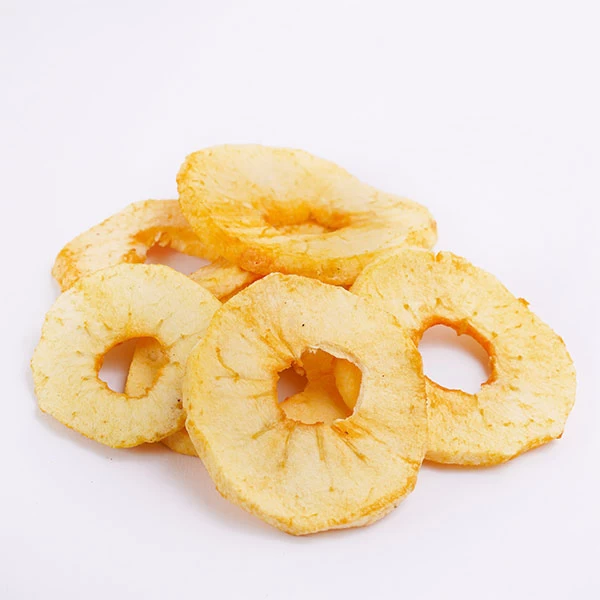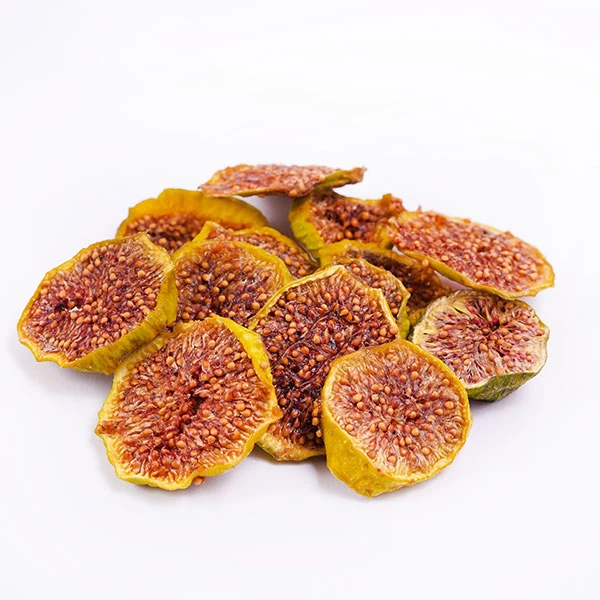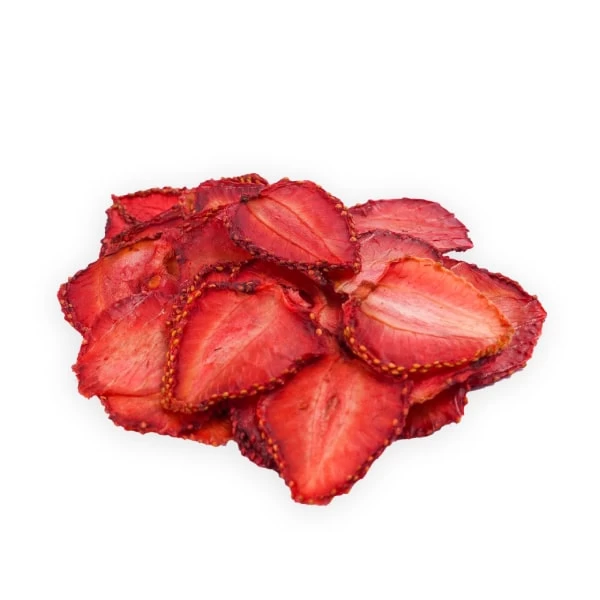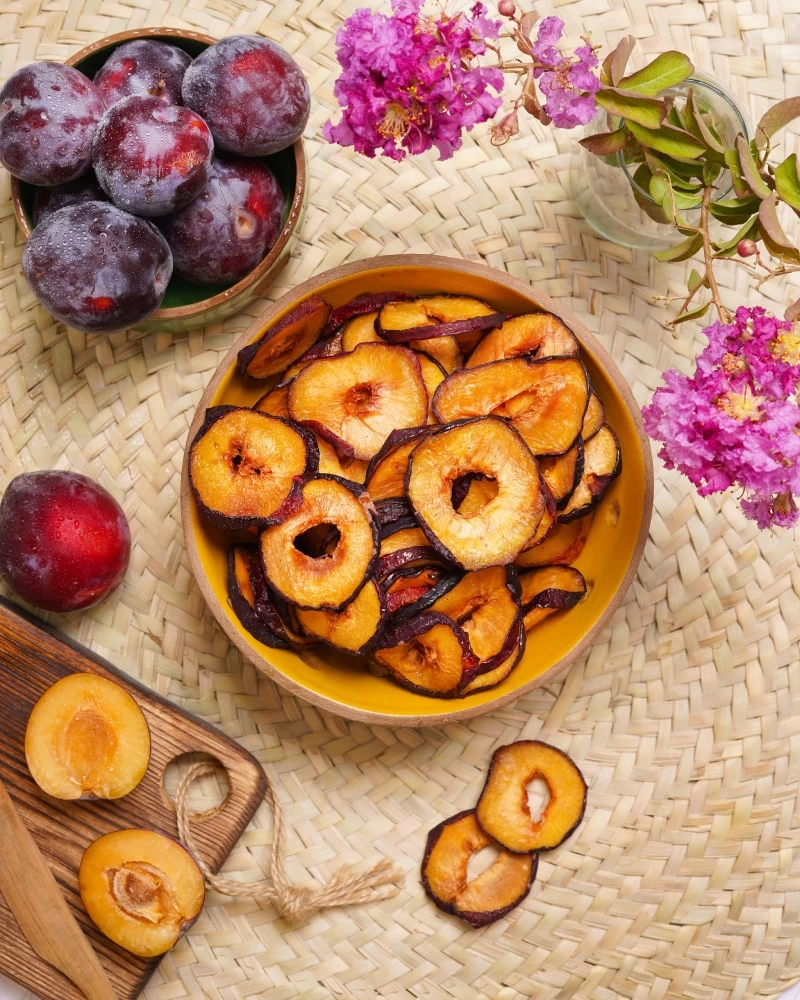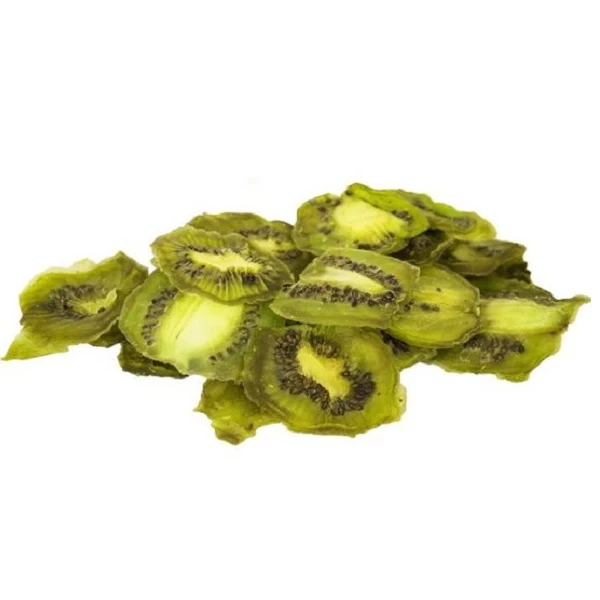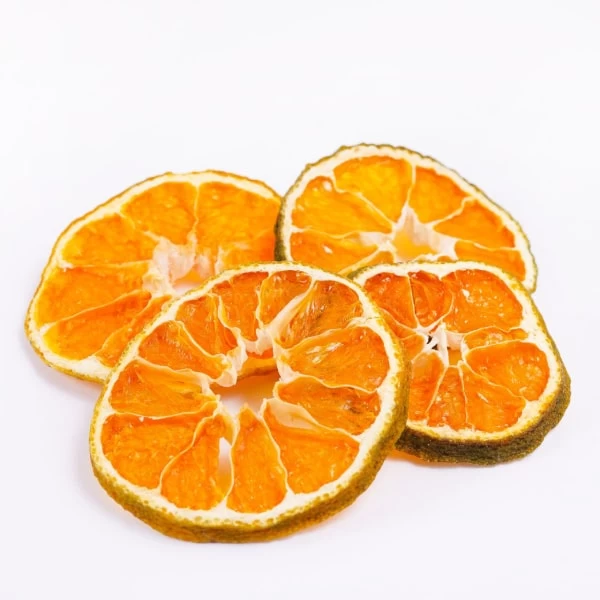Dried fruit & vegetable
Dried fruits and vegetables are food products that have undergone a drying process to remove their water content, resulting in a preserved and concentrated form of the original produce.
This preservation method has been used for centuries to extend the shelf life of fruits and vegetables and make them available during seasons when fresh produce is scarce.
Drying fruits and vegetables involves removing the moisture from the food items while retaining their nutritional value and flavors. There are several methods of drying, including sun drying, air drying, and using specialized drying equipment like dehydrators or ovens. The chosen method depends on factors such as the type of produce, climate, and desired end product.
Dried fruits and vegetables offer a number of benefits. Firstly, they have a significantly longer shelf life compared to fresh produce, as the removal of moisture inhibits the growth of bacteria, yeast, and molds that cause spoilage. This makes them an excellent option for long-term storage and for situations where access to fresh produce might be limited, such as during camping trips or in emergency food supplies.
Nutritionally, dried fruits and vegetables retain many of the vitamins, minerals, and fiber found in their fresh counterparts. However, the drying process can cause some loss of heat-sensitive nutrients like vitamin C. Nonetheless, they still provide a convenient and concentrated source of nutrients, making them a good addition to a balanced diet.

Dried fruits are often enjoyed as snacks or added to various recipes. Some popular examples include raisins, dates, apricots, figs, and prunes. They can be eaten on their own or mixed with nuts, seeds, or granola for a delicious and nutritious trail mix. Dried fruits are also commonly used in baking and cooking, adding natural sweetness and texture to dishes like cakes, cookies, and stews.
Dried vegetables, on the other hand, are versatile ingredients that can be used in soups, stews, casseroles, and other savory dishes. Examples of commonly dried vegetables include tomatoes, mushrooms, peppers, and onions. They are often rehydrated before use by soaking in water or adding them directly to dishes with sufficient liquid content.
It is worth noting that while dried fruits and vegetables offer many benefits, they are typically more calorie-dense than their fresh counterparts due to the removal of water. Therefore, portion control is important when consuming dried produce, especially for individuals watching their calorie intake.
In conclusion, dried fruits and vegetables are a convenient and long-lasting option for enjoying the flavors and nutritional benefits of produce throughout the year. They provide a concentrated source of nutrients and can be used in a variety of recipes. However, it is important to maintain a balanced diet and consume them in moderation.
There are numerous popular recipes that incorporate dried fruits and vegetables, adding unique flavors, textures, and nutritional value to the dishes. Here are a few examples:
1. Moroccan Tagine: A traditional Moroccan stew, often made with dried fruits such as apricots, dates, and raisins. The sweetness of the dried fruits pairs beautifully with savory spices and tender meat or vegetables.
2. Fruit and Nut Couscous: Couscous is a versatile grain that can be combined with dried fruits like cranberries, chopped apricots, and raisins, along with toasted nuts for a delightful side dish or light meal.
3. Trail Mix: A classic snack that combines dried fruits, nuts, and sometimes seeds or chocolate. Customize your trail mix with your favorite dried fruits, such as dried cranberries, cherries, blueberries, or pineapple, and pair them with almonds, cashews, or peanuts for an energy-boosting snack.
4. Dried Fruit Chutney: A tangy and sweet condiment that complements a variety of dishes. Dried fruits like apricots, raisins, and figs are cooked with spices, vinegar, and sugar to create a flavorful chutney that pairs well with cheese, roasted meats, and sandwiches.
5. Ratatouille: A Mediterranean vegetable stew that can be enhanced with the addition of dried tomatoes. Dried tomatoes bring an intense umami flavor to the dish, elevating the overall taste.
6. Fruit and Nut Stuffing: Dried fruits like dried cranberries, chopped apples, or apricots can be added to traditional stuffing recipes for a burst of sweetness and texture. They work particularly well in stuffing for poultry or as a side dish during the holiday season.
7. Middle Eastern Rice Pilaf: Dried fruits like currants, chopped dates, or raisins can be mixed with aromatic spices and cooked with rice to create a fragrant and flavorful side dish, often served alongside grilled meats or stews.
8. Dried Fruit Smoothies: Dried fruits such as dried mango, pineapple, or banana chips can be rehydrated and blended with your favorite smoothie ingredients for a nutritious and naturally sweet addition to your morning or post-workout smoothie.
These are just a few examples, and the possibilities are endless when it comes to incorporating dried fruits and vegetables into your recipes. Get creative and experiment with different combinations to discover new and delicious flavor profiles.
Dried fruits offer a range of advantages that make them a popular choice for many people. Here are some of the key advantages of dried fruits:
1. Nutrient Dense: Dried fruits are concentrated sources of nutrients. When the water is removed from the fruit, the vitamins, minerals, and fiber become more concentrated, making them a nutritious addition to your diet. They provide essential vitamins such as vitamin C, vitamin A, and potassium, as well as dietary fiber that aids digestion and promotes satiety.
2. Longer Shelf Life: One of the primary benefits of drying fruits is that it extends their shelf life significantly. By removing moisture, the growth of bacteria, yeast, and molds is inhibited, preventing spoilage. This allows you to enjoy fruits even when they are out of season, and it reduces food waste by preserving the produce for a longer period.
3. Convenience: Dried fruits are incredibly convenient. They are lightweight, portable, and do not require refrigeration, making them an ideal snack for on-the-go situations like hiking, traveling, or school lunches. They are also readily available in grocery stores and can be stored for an extended period, providing a quick and accessible source of nutrition.
4. Versatility: Dried fruits are highly versatile and can be used in various ways. They can be eaten as a standalone snack, added to trail mixes, granola bars, or cereals for extra flavor and nutrition. They can also be incorporated into both sweet and savory recipes, including baked goods, salads, sauces, and stews, adding a natural sweetness and texture to the dishes.
5. Natural Sweetness: Dried fruits offer a natural and wholesome alternative to refined sugars. They contain natural sugars that provide a sweet taste while also providing additional nutrients and fiber. This makes them a healthier option for satisfying a sweet tooth or adding sweetness to recipes without relying solely on processed sugars.

While dried fruits offer many advantages, it is important to consume them in moderation. They are higher in calories compared to fresh fruits due to the removal of water, so portion control is essential, especially for individuals who are watching their calorie intake or managing certain health conditions.


FAQs
What are the key nutritional benefits of consuming dried fruits and vegetables?
Dried fruits and vegetables provide essential vitamins, minerals, and dietary fiber in a concentrated form.
How can dried fruits and vegetables be incorporated into a balanced diet?
Dried fruits and vegetables can be enjoyed as snacks, added to recipes, or used as toppings for salads and cereals.
What are some popular methods for drying fruits and vegetables at home?
Some popular methods for drying fruits and vegetables at home include air drying, sun drying, and using dehydrators or ovens.
Are there any considerations or precautions to keep in mind when consuming dried fruits and vegetables?
When consuming dried fruits and vegetables, it is important to practice portion control due to their higher calorie density. Additionally, check for added sugars or preservatives in commercially dried products, and stay hydrated as dried fruits and vegetables have a lower water content.
 +7929688-88-14
+7929688-88-14

 English
English
 Persian
Persian
 Russian
Russian
 Chinese
Chinese


 +7929688-88-14
+7929688-88-14


